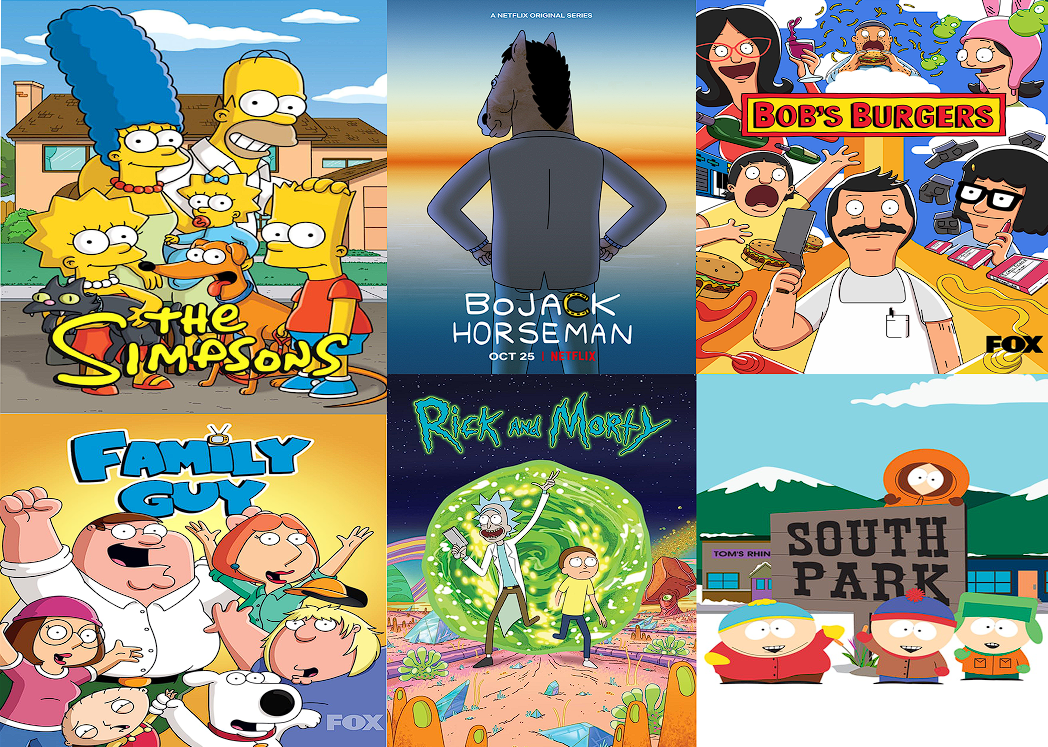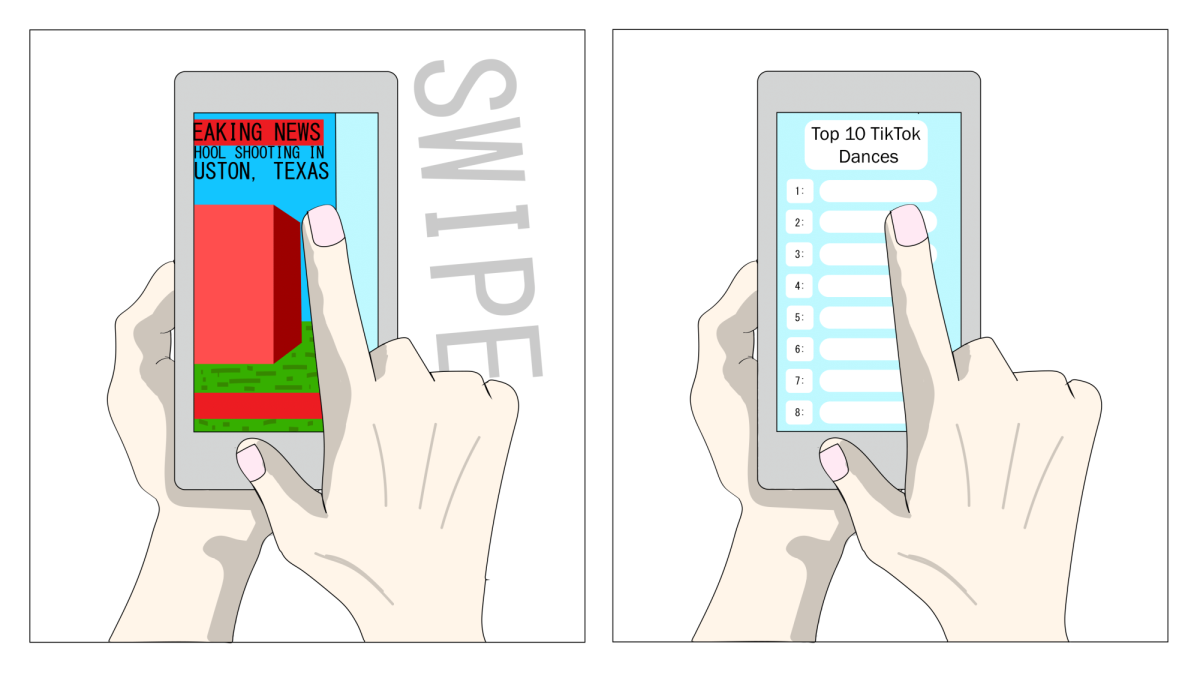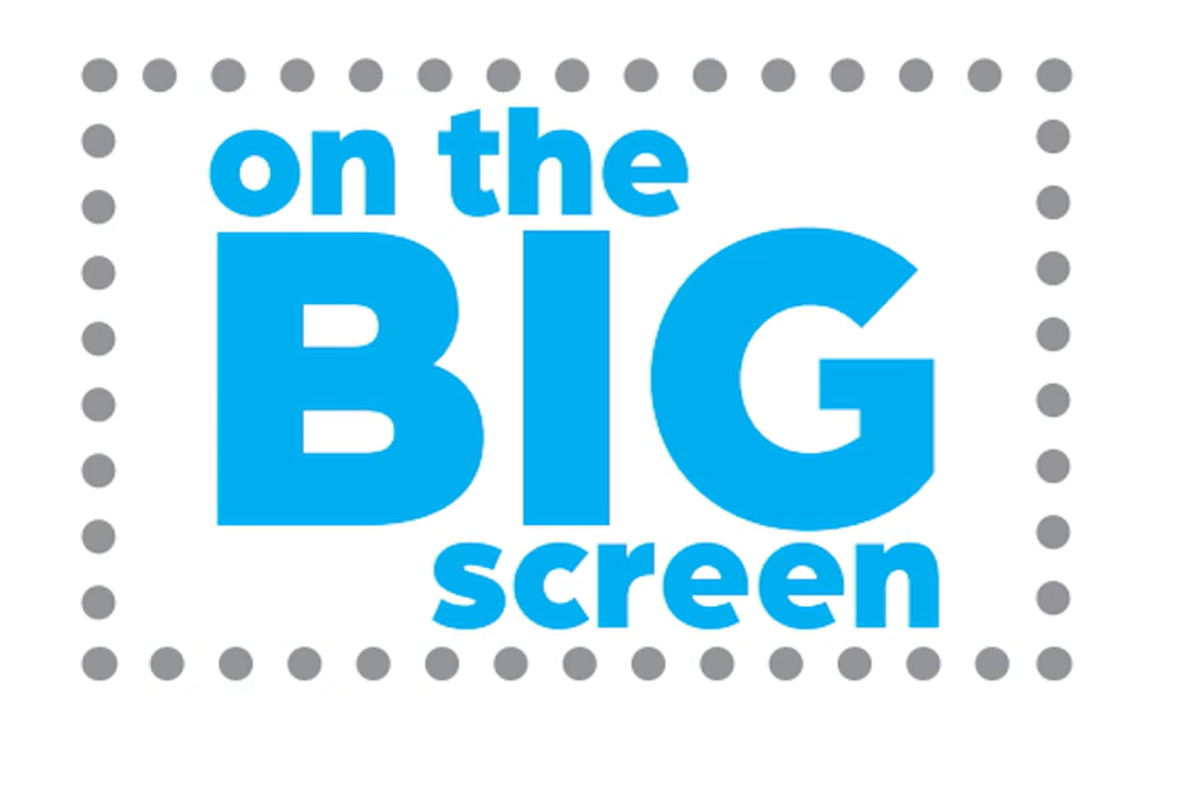
The appeal of an animated show targeted towards an adult audience is clear to see. A cartoon with adult-focused narratives where anything could happen in the name of comedy. Where dogs could talk and… horse people could have drug problems?
Adult Animated Sitcoms are an intensely repetitive and generally shallow form of entertainment. So many are released each year that it is impossible to watch them all… not that there is any reason to, since they are all carbon copies. The same uninspired formula is reused to pump out boring, unfunny shows one after the other.
Commonly, these shows star an average American nuclear family with an idiotic, selfish dad. “American Dad,” and “Family Guy,” are just the surface of the trope. This trend started due to the success of “The Simpsons,” the original animated show starring a father with anger issues (if you ignore that it stole the idea from “Wait Till Your Father Gets Home”), which created a mold that would last for over 36 years.
Most of these shows try to differentiate themselves from “The Simpsons,” by adding a wacky element into the formula. “American Dad,” has a talking alien named Roger, and “Family Guy,” has a talking dog named Brian as well as a coast of quirks. While these ideas were once innovative, continually adding to the same formula has become a new norm for the genre.
New AASs seem to take turns pulling their ideas out of the same hat. That is why shows with similar premises like “Mr. Birchum,” in which the main character is an angry shop class teacher, and “Hoops,” in which the main character is an angry basketball teacher, get churned out continuously.
The same five caricatures get reused constantly and are the subject of identical jokes between series. There is almost always a jerky and abrasive but well-meaning main character. These are your Peter Griffins and Homer Simpsons. Then their family—which they are always in some sort of tedious drama with for whatever reason. Either because their selfish father is selfish or for some outside factor that drives a wedge between them, ultimately to be solved by the end of the episode. Then the token Black character like Cleveland Brown or Tolkien Black is typically limited to being the butt of race-centered jokes (like their names) and then ignored until another joke can be made. There is also the not-so-human member of their group, like the hormone monsters from “Big Mouth.” And then there’s always a perverted old man like Quagmire from “Family Guy,” or Herbert from “South Park.”
And even when a show does establish a creative new premise, it gets canceled. “Inside Job,” which focused on satirizing conspiracy theories, was canceled after only one season. Yet tired shows like Family Guy continue to get renewed. Most comedic shows take a season or two to fully find their footing. Even “The Office,” now a household name, didn’t gain its following until eight years after its initial airing.
Another issue that prevents AASs from being enjoyable is the reliance on gross-out jokes and potty humor. The constant overuse of barfing or peeing is genuinely sickening. Is there a quota for the amount of urine that needs to be shown on screen? It is beyond comprehension as to why these scenes are deemed necessary. They are not creative or new, and they especially are not funny.
These shows tend to equate shock and vulgarity to comedy. Prime’s “The Prince,” for example, is an AAS from the perspective of the English royal family. This is a genuinely interesting premise that breaks away from the typical mold for shows. However, instead of parodying and dramatizing them, Prime decided to completely ignore the personalities of the royals in favor of making them curse-heavy, moronic and one-dimensional caricatures.
Almost as bad is the overreliance on cutaways, which take any amount of setup and plot progression and throw it out the window in service of a quick laugh. It feels less like a running joke and more like beating a dead horse-man. “Family Guy” is by far the guiltiest show to commit this heinous crime. The setup is so prevalent throughout the show that if you were to remove all of the cutaways from season 21 and put them all together, it would be almost 20 minutes long. That is a full episode of cutaways.
These don’t serve to strengthen any amount of humor or add anything to the scene as cutaways typically amount to “My wife will be so mad at me. Like that time I kissed Poison Ivy on her wedding day,” and then a cut to that exact event occurring.
In the modern age, sitcoms seem less focused on captivating and entertaining and more focused on being background noise while you scroll on your phone, or being shown in tandem with Subway Surfers gameplay or a soap cutting video. The loud noises and constant repetition of lackluster gags are included in the hopes that you see one of them, laugh, and then go right back on your phone—missing the joke for the second and third time it’s shoved in the same episode.
Despite the many issues with AASs, all hope is not lost as only a few key things need to be implemented to refresh the genre. Firstly, animators need to create new and imaginative settings for upcoming shows. No more alcoholic dads and obnoxious housewives. Why not a show about newspaper writers? Maybe one character is really behind on their story and is searching for inspiration as to how to finish it?
Secondly, the characters in the show should act and behave like real people. Have their actions reflect their personalities and force them to come into conflict with themselves or others in a realistic way. Establish comedy through their natural interactions.
And most importantly, let it end. Stop renewing shows season after season. No sitcom, animated or otherwise, can retain its quality for long stretches of time. Let the new generation of AASs replace the old.







